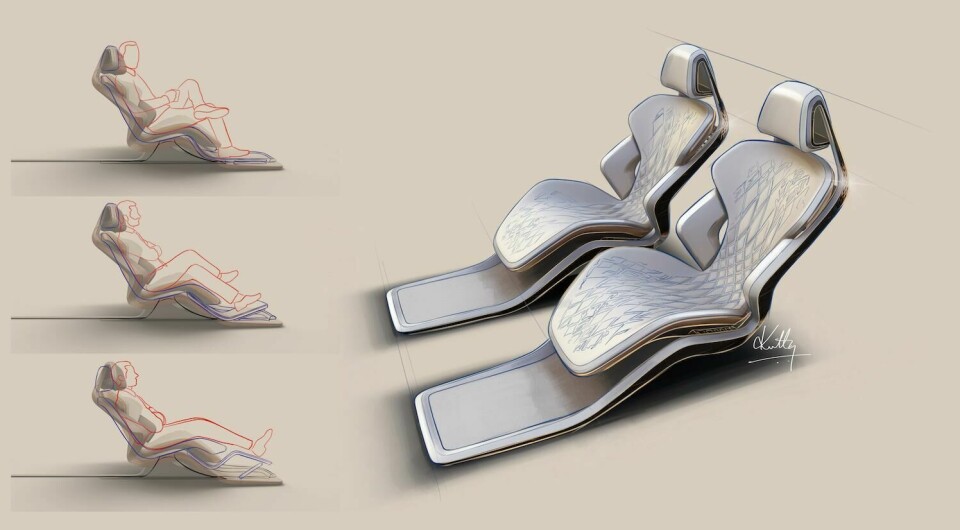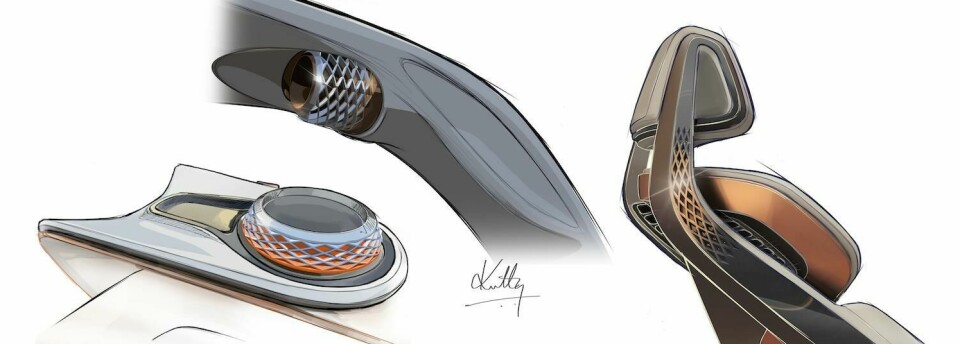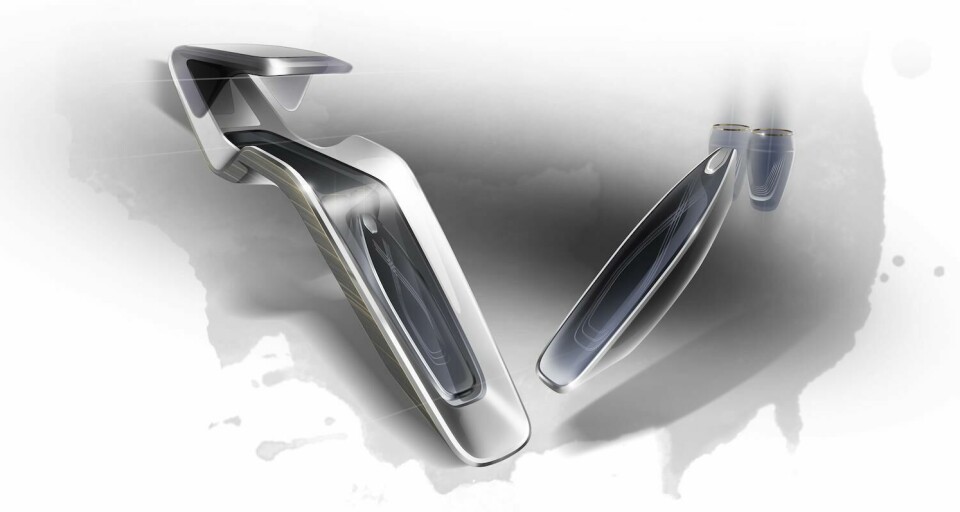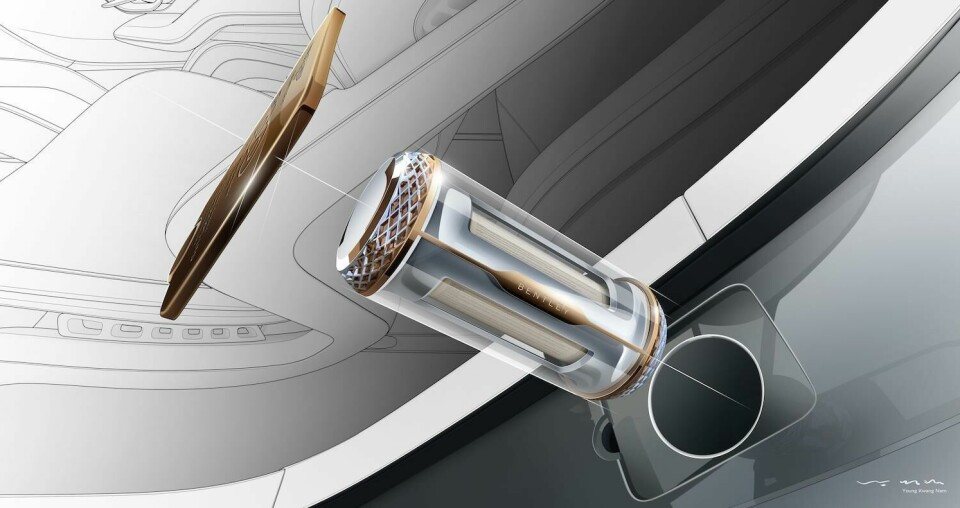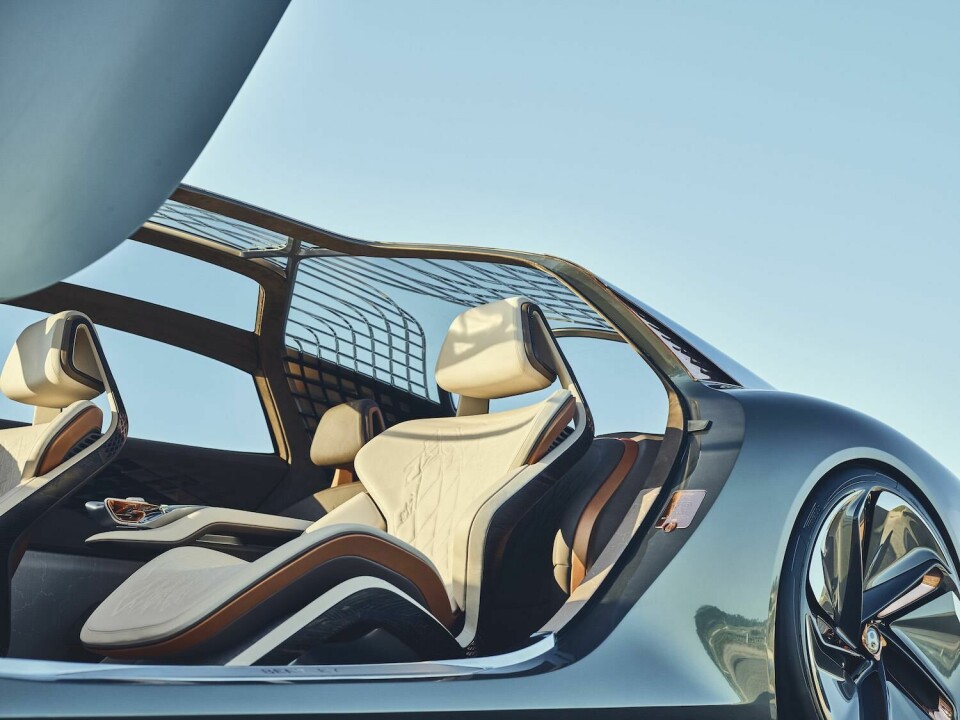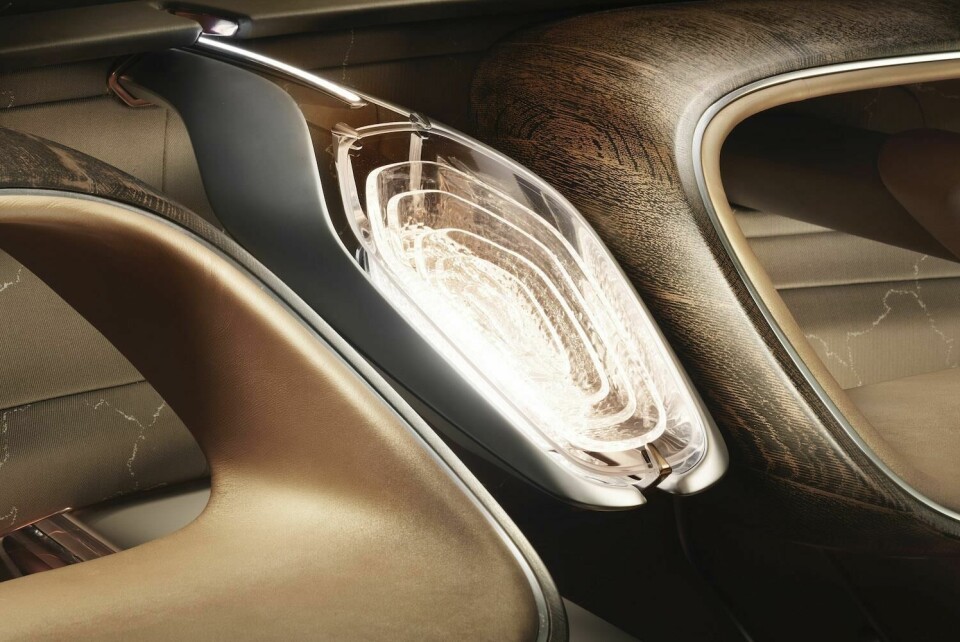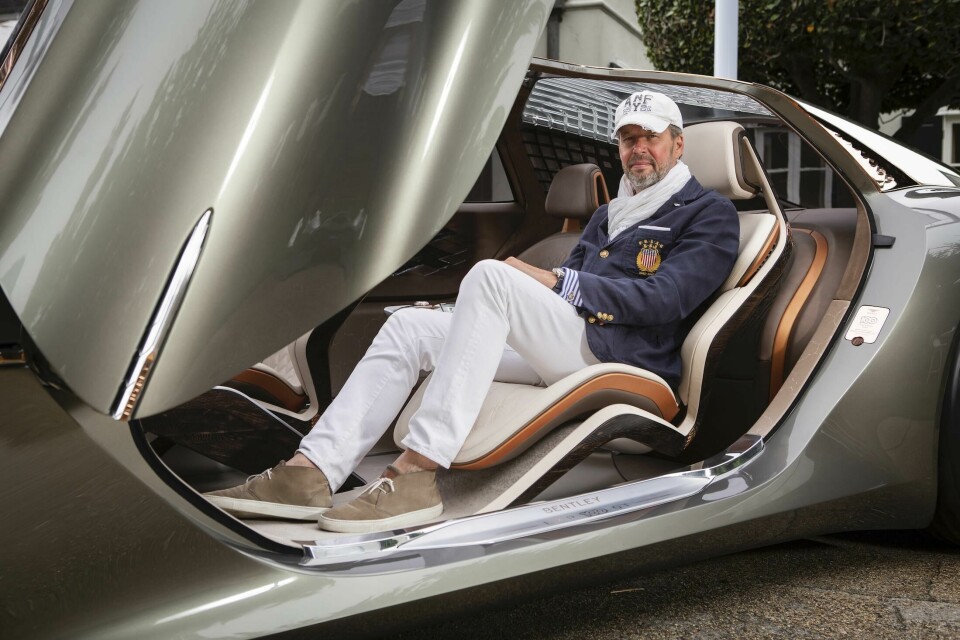
Car Design Review 7: Stefan Sielaff, Bentley Motors
Stefan Sielaff, design director of Bentley Motors, reveals details of his early influences and his career as a young designer as well as his current role
One often hears of car designers who were sketching from an early age, some as young as three or four. I was not one of those children. I was interested in cars, but I focused my efforts during high school in the fine arts, namely painting and sculpture. I never put the two together – my artistic passion and my love for cars. It was only when I began to study product design at Hochschule Munich University in the 1980s that I began to understand that there was such a thing as a car designer.
The turning point for me came when two young designers from Opel gave a lecture about car design. The two designers in question, Chris Bangle and Gert Hildebrand, presented car design project in their lecture. This was the ‘wow!’ moment for me; I knew I had found my calling. It was at this time in my product design studies that I got heavily involved with Audi and it sponsored me to go to the Royal College of Art in London for a two-year Masters degree. Audi was my starting point, first as a student and then as a junior designer. I learned there what good car design was. I then worked for three years at Mercedes-Benz, learning a different design culture and a different way of designing cars. Then I moved back to Audi and to a more strategic role at Volkswagen and now I am at a brand that has a very strong identity, Bentley.
“The EXP 100 GT concept is a lighthouse project for the future of Bentley and the future of automotive luxury”
Being here at this century-old brand with its rich heritage, has definitely had a strong impact on my career. Over the years, I have developed a working design philosophy that serves me well. I strive for timelessness, an aesthetic that is about ‘less’ rather than ‘more’, and in complex times like these, a design that is clean and clear.
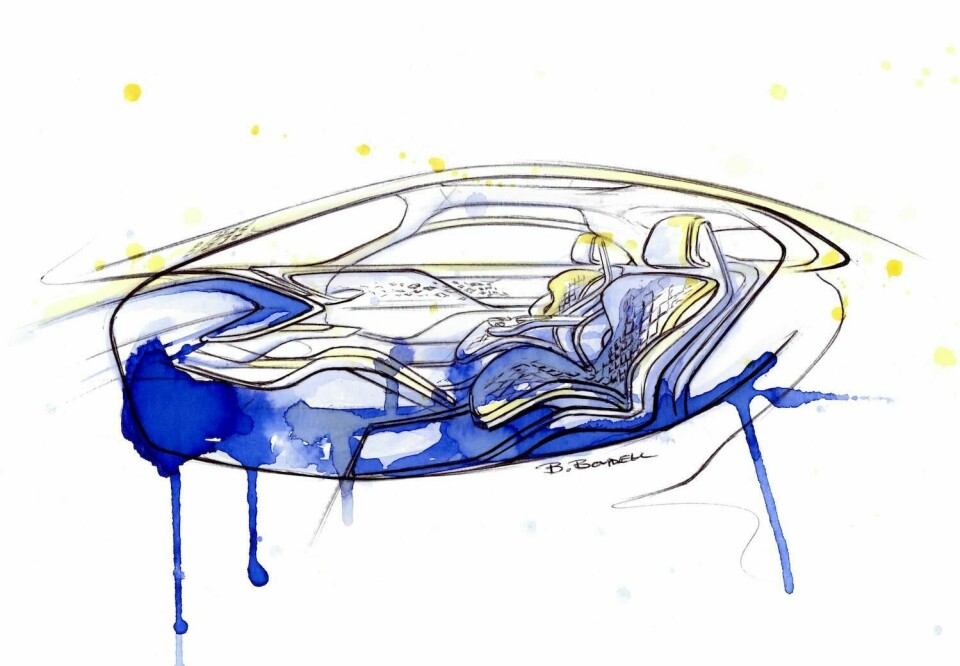
I have also developed what I see as an ideal design process. First, you must start with a fundamental understanding of the brand identity. This understanding must be combined with a clear, well- defined brief and knowledge of your customer – their preferences for both today and tomorrow. You must conduct a detailed analysis of all this input. Then, once this is presented, you must give the designer a great deal of freedom to interpret the design brief in a creative way.
I work with a small design team. We have about 25 designers, 25 modellers, and a total design team of slightly less than 100. This size of team allows the director to personally lead the team. It becomes much like a family. Above 100 you are supervising the team, but not working in the team. I personally think that smaller, highly dedicated teams are more efficient and flexible and produce greater results.
At Bentley, some of the key design characteristics of our brand are a strong stance and dynamism, especially at the rear wheel. It needs to look like the car is ready to spring forward, like a tiger. The design should express the power of pushing the car forward. There is a high shoulder line to draw the eye along the car. At the front, the classic grille is prominent, as is the ‘human face’ seen in the headlights. Then there is a short overhang at the front and a long overhang at the rear.
Within the interior we emphasise the cocooning gesture of the design, enveloping the driver and passengers. There should be expressions of quality, strength and craftsmanship in all of the elements, something you can only get from human beings, not a machine. There is a sense that this is not a car to just get you from A to B, but a work of craftsmanship and art.
The design of a Bentley must deliver more than a product, more than a technological machine. It should deliver a journey and an experience that is a part of any Grand Touring voyage – the experience of the landscape, fine food, fine art – part of a complete way of living that is focused on essential values and beautiful experiences.
It is important for us to maintain a strong brand identity because there is much good work being done in the luxury sector right now. With Rolls-Royce on the traditional automotive side, and Aston Martin and Lamborghini as well as other makers in the supercar and SUV segments, there are multiple players advancing the idea of luxury.
As we look at luxury in the future, we see that society and the customer are evolving and expressions of luxury are changing. For many years it was about the projection of wealth, glamour and ostentation. But in the future, I imagine luxury will be more complex in its expression. Luxury may become a bit more introverted, a bit more focused on true values. It will not be about making a statement or acquiring a status symbol. Or maybe if it is a status symbol that symbol will reflect a more holistic eco-consciousness.
Sustainability and social responsibility will be on the minds of the affluent, as will a sharp focus on the essentials. Local sourcing of materials and craftsmanship will be priorities, as well as measuring the carbon footprint of materials and processes.
Although we all seem fascinated with technology right now, a certain yin/yang relationship between traditional craftsmanship and the digital will develop, as our understanding of luxury moves to balance technology and craft.
How does all this translate into a vehicle? The Bentley EXP 100 GT concept introduced last summer is our answer. It is a car that previews our future, giving the answer of what we want to achieve with Bentley as a brand and at Bentley design. It is literally an expression of all the issues that I have spoken about here. Classic Bentley design cues, sustainability, local sourcing and many new ideas.
It is a lighthouse project for the future of Bentley and the future of automotive luxury.
This article first appeared in Car Design Review 7.
The Bentley EXP 100 GT concept was covered in the Autumn 2019 issue of Interior Motives magazine.
